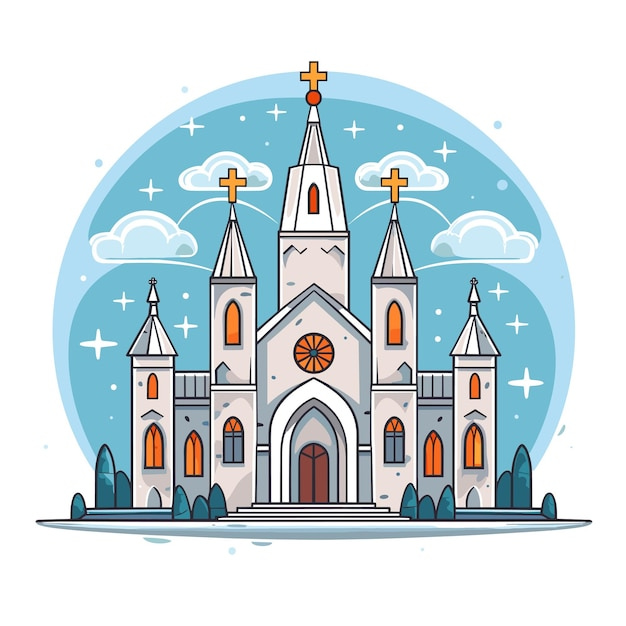Cathedrals vs. Canopy
Reflections on building lasting work in the era of obsolete tools and trends
Today, I took my parents to visit St. Paul’s Cathedral for the Sung Eucharist. It was their first time there, and I watched as the sheer grandeur of the architecture took their breath away. It’s a masterpiece that oozes history, standing timelessly amidst the ever-evolving skyline of London. I couldn’t help but think of the builders and craftsmen who spent their lives working on this marvel. They devoted themselves to something that, centuries later, continues to inspire awe. Their labor became a part of history, solid and enduring.
I found myself envious. Here were people whose life’s work stood the test of time, unchanged in relevance despite shifts in culture and aesthetics. In contrast, my own work often feels fleeting.
This feeling hit me most during my recent onboarding week at my new job. As soon as I received my laptop, I was directed to a portal called Okta, a gatekeeper of licensed software. One by one, I entered new realms: HiBob for HR, Jira for task management, Confluence for wiki-editing, Clockwise for meeting scheduling, Looker for analytical dashboards. It seemed endless. I had to follow a series of pre-recorded tutorials to navigate through a maze of tools, many for tasks I could mostly perform using software I already know.
Then I thought: what software will people use in a decade? Will the tens of thousands of lines of code engineers write today become obsolete, disrupted by the new technology? If these tools go out of style, will the work I produce with them also become irrelevant? It’s almost like building on sand.
This isn’t a new fear. I think of my teenage diaries, preserved in physical notebooks, still holding their charm today. Contrast that with the blogs I wrote during my university days on MySpace and Facebook—trapped in a digital age now largely forgotten. I dread opening them, knowing they belong to an era of outdated interfaces and lost relevance.
Nowadays, after typing for more than a decade for a living, I often find myself reaching for pen and paper again. There’s comfort in knowing that what I write on paper exists independently of software updates or digital crashes. It may not be the most efficient way, but it feels more tangible, more real. Paper, after all, can easily outlive electronic files.
It also makes me wonder: how can we, as knowledge workers, carve out our own version of a Cathedral in a world obsessed with speed and trends? The builders of St. Paul’s didn’t rush their work; they crafted it slowly, brick by brick, with patience. Sometimes, to create something that lasts, we need to resist the urge for “agile” quick fixes and trendy software. Perhaps that’s the paradox of modern productivity—the more we rush to adapt, the less likely our work is to endure.
Maybe it means resisting the urge to chase every new tool and focusing instead on creating slowly and thoughtfully, one piece at a time.
I’m starting to feel that writing on Substack is like building a cathedral. One post at a time. And I’m in no rush.



A young painter complains: I’ve spent one day to paint this, but only can sell it after a year. The old man says, try to spend one year to paint and it’s very likely it’ll get sold in a day. The grandeur success of the Chinese game Black Myth: Wukong also inspires people in this way.